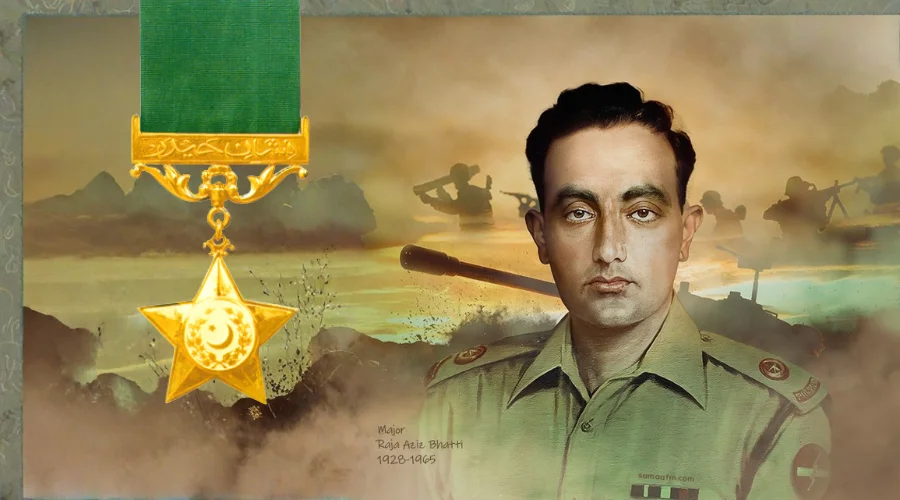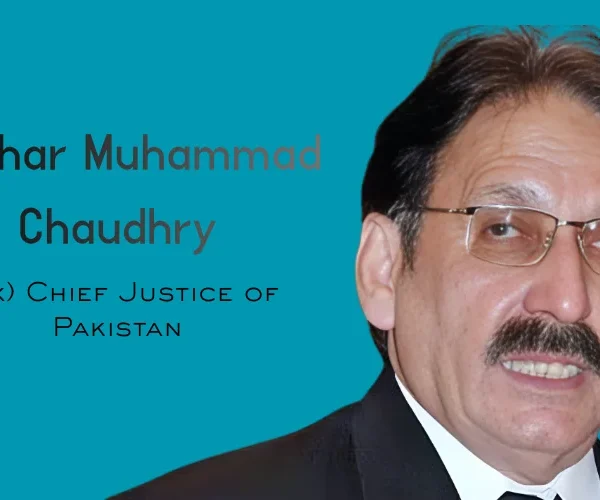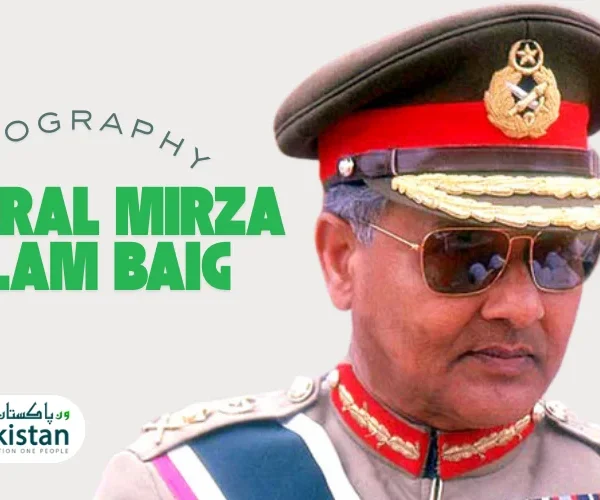Raja Aziz Bhatti Shaheed is remembered as one of Pakistan’s finest war heroes from the 1965 war. He served in the Pakistan Army and became a symbol of courage for defending the Lahore front when the pressure was at its peak. His life tells the story of a soldier who stood his ground and chose duty over safety.
Known nationwide as a recipient of Nishan e Haider, he inspired generations of officers and students alike. Major Raja Aziz Bhatti led from the front, directed fire with steady focus, and pushed back enemy advances in the Burki sector. His actions turned into a lasting lesson in leadership and sacrifice.
Today his name appears in school books, military academies, and Defence Day ceremonies across the country. The legacy of Raja Aziz Bhatti continues to guide young cadets and reminds us what courage looks like when a nation needs it most.
| Attribute | Details |
|---|---|
| Full name | Major Raja Aziz Bhatti Shaheed |
| Honor | Nishan e Haider |
| Rank | Major, Pakistan Army |
| Branch and unit | Infantry, 17 Punjab Regiment |
| Service years | 1950 to 1965 |
| Birth | 6 August 1928, British Hong Kong |
| Hometown | Ladian, Gujrat District, Punjab, Pakistan |
| Training | Pakistan Military Academy PMA Kakul |
| Key theatre | Lahore front, BRB Canal, Burki sector in the 1965 war |
| Known for | Forward observation and leading from the front during the Battle of Burki |
| Martyrdom | 12 September 1965, Lahore sector |
| Resting place | Ladian, Gujrat District |
| Legacy | National hero of Pakistan, inspiration for cadets and soldiers, widely taught in textbooks |
Early Life and Family
Raja Aziz Bhatti was born on 6 August 1928 in British Hong Kong. His family later migrated to Pakistan and settled in Ladian in the Gujrat District of Punjab. He grew up in a home that valued discipline, faith, and service. Teachers and relatives remembered him as a focused student with strong leadership qualities. This background shaped the sense of duty that would guide him throughout his career in the Pakistan Army and set the stage for the story of Raja Aziz Bhatti Shaheed that students in Pakistan learn today.
Military Training and Commission
After moving to Pakistan, he joined the Pakistan Military Academy at Kakul. Cadets who trained with him recalled a calm and determined officer who led by example. He earned his commission in the Punjab Regiment and built a reputation for fieldcraft, physical fitness, and clear communication under pressure. Those early years taught Major Raja Aziz Bhatti how to take quick decisions in complex situations, a skill that later proved vital on the Lahore front.
Background to the 1965 War
Tensions between Pakistan and India rose sharply in 1965. The Lahore sector became a key theatre because it guarded a major route into the heart of Punjab. Defensive positions along the BRB Canal and the Burki sector were designed to slow any advance and protect the city. Artillery observation, rapid reinforcement, and coordination with supporting arms were essential. In this setting, the leadership of officers like Raja Aziz Bhatti became central to the defence plan that held the line when fighting intensified.




